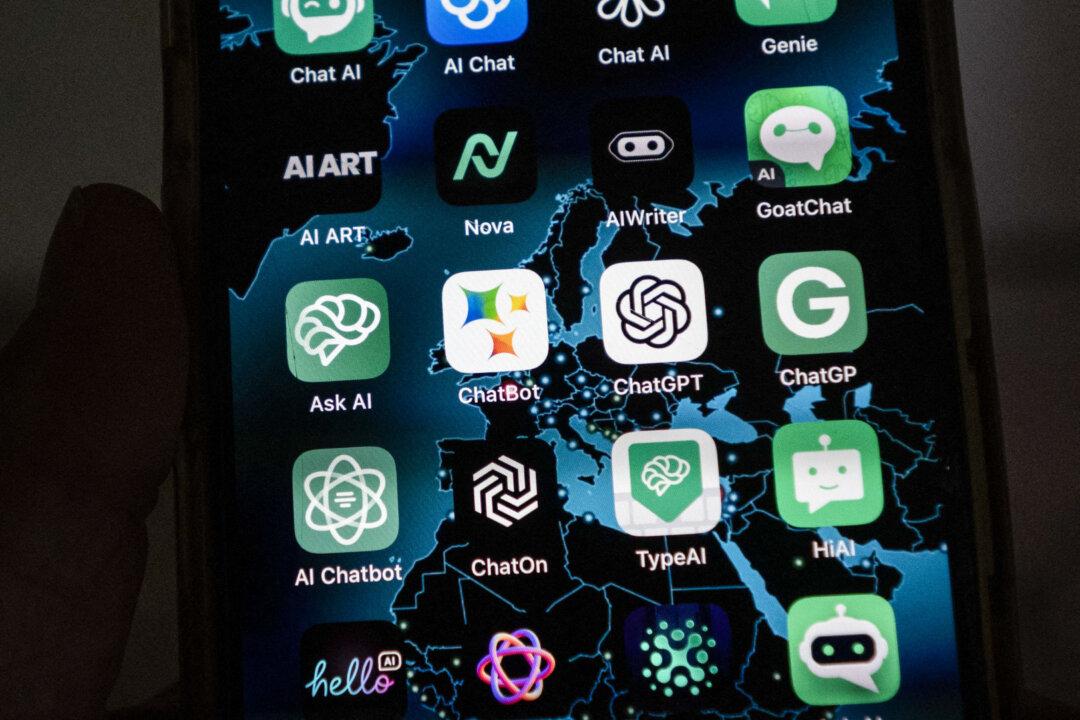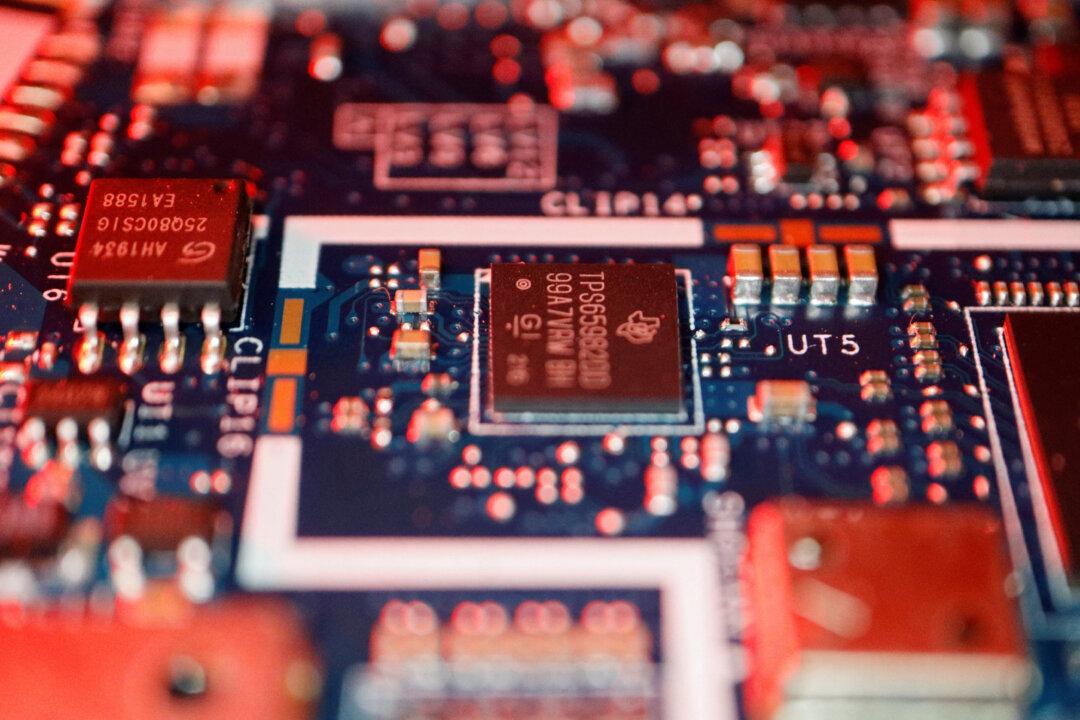Commentary
Anyone who has performed a Google search, posed a query to ChatGPT, or made a purchase on Amazon has interacted with a bot—a piece of software that runs automated tasks. If you use digital technology, bots influence your life on a daily basis. Bot activity accounted for 49.6 percent of all internet traffic in 2023, according to a report by cybersecurity company Imperva.





